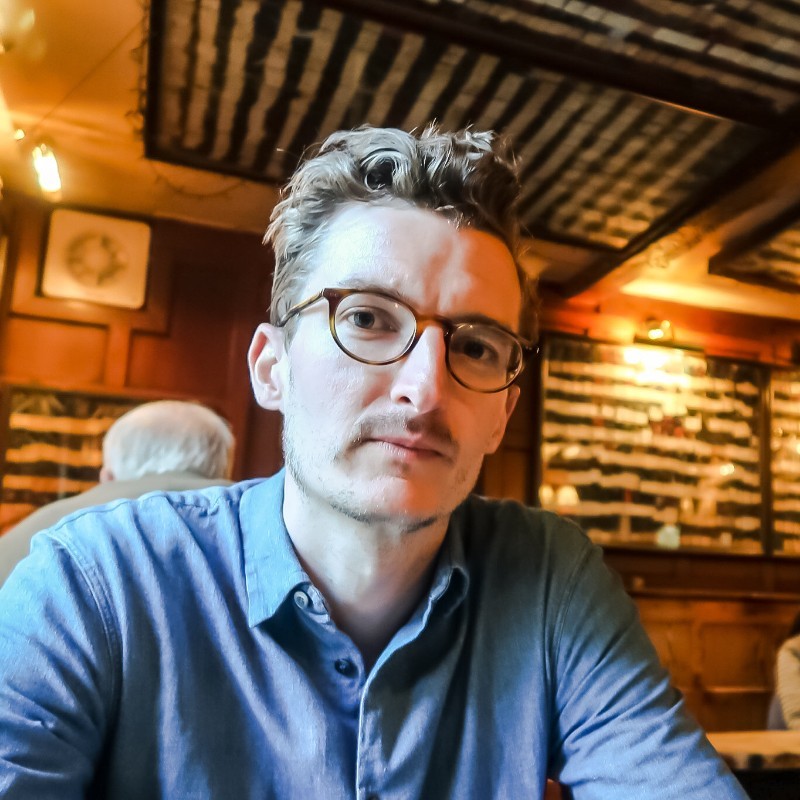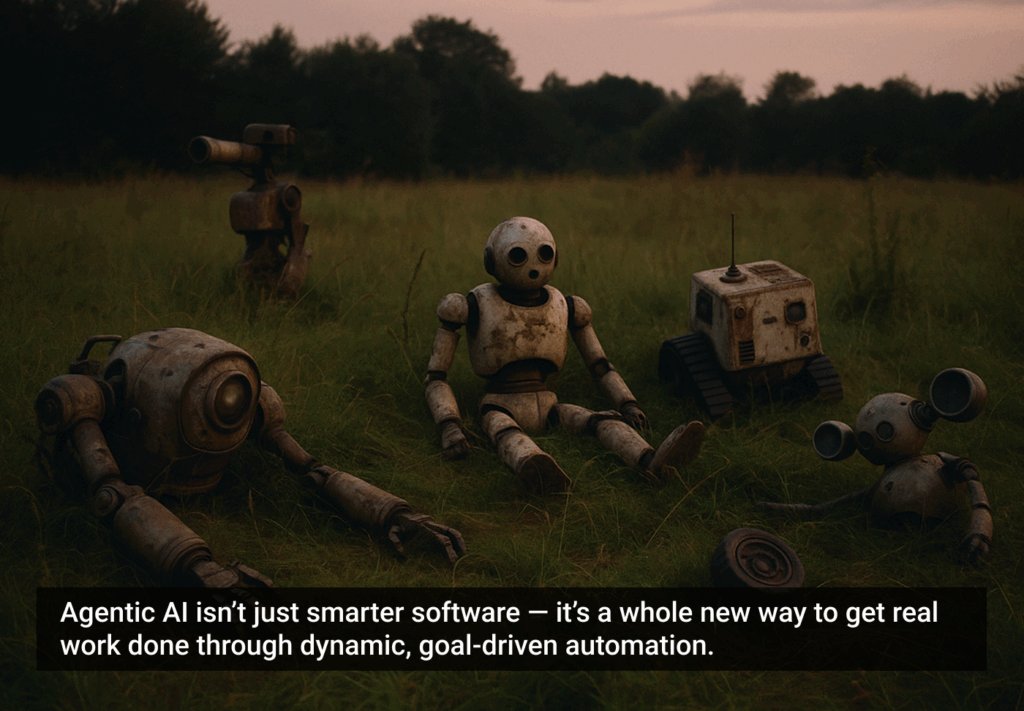Every year, thousands of undergraduates at universities across North America donate their minds to science. Seeking pay or course credit, students report to labs in concrete psychology buildings to fill out questionnaires on their thoughts, feelings, and beliefs. If, at some point, you took Psych 101 there’s a good chance you’ve contributed a data point to psychological research, or at least been asked to by your professor.
Throughout the 20th century, laboratory studies with undergraduates shaped our understanding of the human mind. But these studies have known flaws. The most common participants in lab-based behavioural research are students studying psychology, and the psychology of psychology students does not reflect that of the wider population. The laboratory environment adds another source of bias to lab-based research. Under the researchers’ glare, participants may adjust their responses to appear more socially acceptable—or alter their memories of events to meet the perceived demands of the survey. As technology has evolved, new methods have emerged to improve the quality of collected data. Many of these improvements have worked well because they improved the quality of the experience test subjects have while providing data—an area where conversational AI can provide remarkable upgrades.
To combat problems associated with lab-based research, psychologists in the 1970s developed the experience sampling method. In experience sampling studies, participants are prompted to describe their thoughts, feelings, and actions at random times throughout the day. Recorded thoughts and emotional states are thus tethered, not to the psychology lab, but to the real-world events in which they actually occur—watching television, attending school, mindlessly scrolling social media.
Before the Internet, experience sampling was done using pagers distributed to participants at the start of a study. The pagers were used to signal participants with a beep or a buzz at random times throughout the day. When a signal was received, the participant had to stop whatever they were doing and quickly fill out a paper-and-pencil based survey designed to probe a psychological trait. “How do you feel right now?” and, “What are you doing?” were common questions that followed a ping.
Throughout the 1970s, ‘80s, and ‘90s, this method, although tedious and geographically limited (the pagers had a range of about 60 miles), was used extensively by Mihaly Csikszentmihalyi—a psychologist known for describing a heightened state of productivity dubbed flow. Csikszentmihalyi used experience sampling to test associations between behaviour and emotions: What, for instance, was the relationship between daily activities and happiness? Socialising and eating predicted happiness, it turned out, while sadness was associated with binge-watching television.
Recently, the internet has revolutionised how behavioural researchers interact with participants. Many studies are now run online through social media or dedicated websites like Gorilla.sc or SurveyMonkey, a practice accelerated by the global pandemic. In contemporary experience sampling studies, participants interact with an app or respond to a text on their smartphone; the device then records their responses and transmits the data back to researchers. The mass adoption of smartphones has also made it easier to take samples from huge numbers of participants—a difficult task in the days of pagers and paper-and-pencil questionnaires. Larger samples increase the likelihood that the collected responses actually reflect the views of the wider population, as opposed to the views of undergraduates in psychology programs.
In one highly cited app-based study, researchers Matthew Killingsworth and Daniel Gilbert built and distributed an iPhone app that pinged American adults at random times throughout the day. They were then asked three questions: “How are you feeling right now?”, “What are you doing right now?”, and “Are you thinking about something other than what you’re currently doing?” Responses from more than two thousand participants showed that nearly 50% of the time people were not thinking about what they were doing, and this mind wandering was associated with feelings of unhappiness. As the authors put it, “a human mind is a wandering mind, and a wandering mind is an unhappy mind”. This result, which supports a claimed benefit of mindfulness, would not have been revealed without the internet and smartphones.
What’s next for real-world studies of human behaviour? The proliferation of AI has driven rapid changes in several academic fields, from archival studies to particle physics. An AI built by Google’s DeepMind recently predicted the structure of nearly every possible protein—an unimaginable task a decade ago. (PhD theses have been dedicated to describing the structure of single proteins.)
In behavioural research like psychology, AI may have its largest impact through conversation. Not only can an app-based AI such as those deployed by OneReach.ai or IBM sample behaviour through a smartphone, but, like a researcher in a lab, it can engage with participants as they report their experiences. Using natural language understanding, data can be collected and, on the fly, behavioural interventions can be tested and optimised for each participant. Reports of specific thoughts and feelings over text or voice can initiate follow-up questions and suggested interventions. An AI could respond to reports of sadness, for instance, with a suggested activity or “nudge” known to boost positive emotions, like a run in the park. Severe psychological distress could trigger an AI to call a family member or a psychologist. Of course, interactions like these require attention to experience design that accounts for the many nuances that make up effective speech and text-based conversations.
This might be part of the reason why commercially available experience sampling apps have yet to incorporate conversational AI. But in a view of what’s possible, several mental health apps have recently made an attempt. While working on this piece I installed Elomia, a mental health chatbot, on my phone and conversed with the AI about my workload. “There’s too much to do and not enough time,” I whined to the bot. “We can figure out which tasks are the most important,” it calmly replied, “and tackle them one at a time”. Following Elomia’s urging, I then broke my to-do list down into a series of more manageable tasks, two of which included researching and writing this piece. I then researched and wrote this piece.
Of course, Elomia’s advice was obvious—a simple solution to a simple problem. The chatbot was not a replacement for my therapist. Still, in our short interaction the bot sampled a source of in-the-moment stress and suggested a solution with my input. This interaction was akin to that which might occur in a more conventional lab-based study. Without knowing it, the bot was doing dynamic behavioural research in the real world.
Twenty years ago, the internet enabled the movement of behavioural research from the lab to the real world. This change markedly increased our understanding of human behaviour. Although conversational AI has yet to be widely adopted in research, the ability to talk to machines has the potential to once again revolutionise how research is conducted in the behavioural sciences. And what we learn from these conversations may fundamentally shape our understanding of the human mind.









